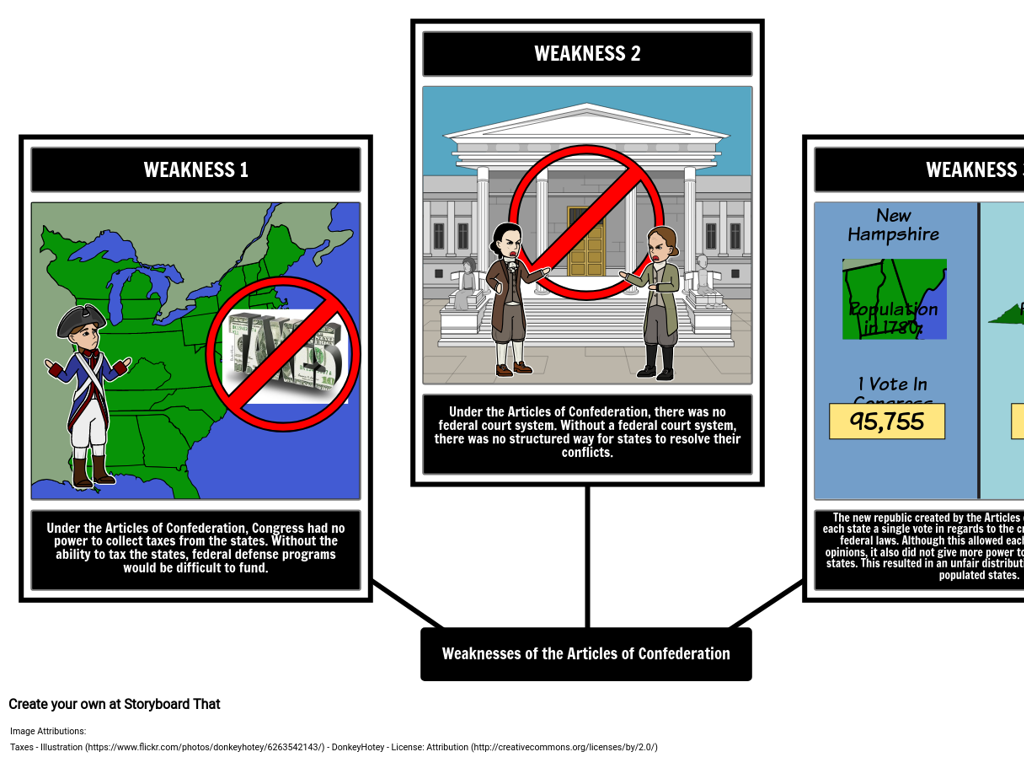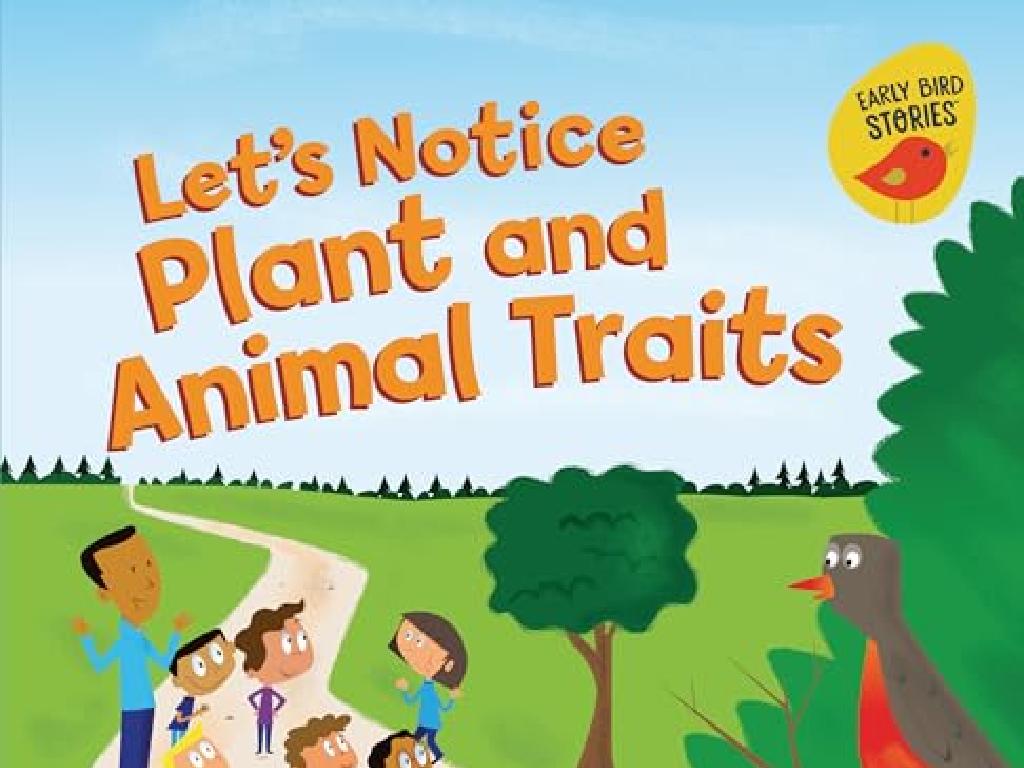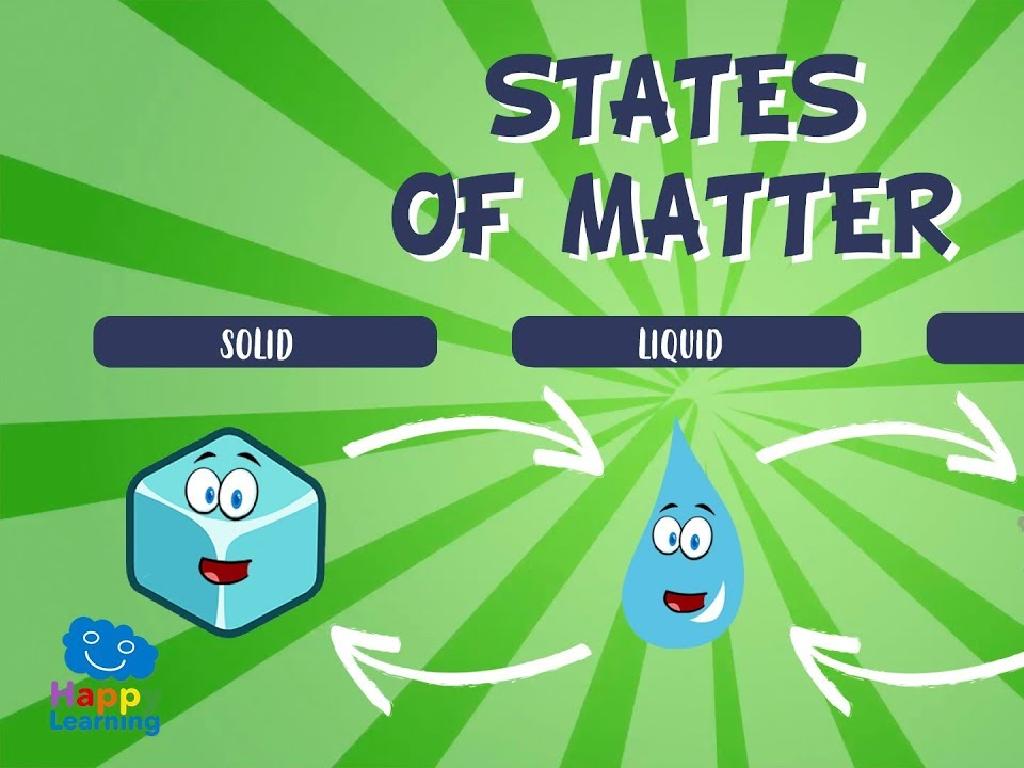Contractions With "Not"
Subject: Language arts
Grade: Fourth grade
Topic: Contractions
Please LOG IN to download the presentation. Access is available to registered users only.
View More Content
Today’s Adventure: Contractions with ‘not’
– Understanding contractions
– A contraction is a shortened form of two words, like ‘isn’t’ for ‘is not’.
– ‘Not’ contractions examples
– Examples: isn’t, hasn’t, didn’t, couldn’t
– Usage of contractions
– They make sentences shorter and easier to say or write.
– Practice with ‘not’ contractions
|
This slide introduces the concept of contractions with ‘not’, which are commonly used in English to make speech and writing more concise and informal. Explain that contractions are formed by combining two words into one, with an apostrophe replacing the omitted letter(s). Provide examples of contractions with ‘not’ and explain their equivalent full forms. Emphasize the importance of contractions in everyday communication and encourage students to practice by identifying and using contractions with ‘not’ in sentences. Prepare a few sentences for the students to practice turning into contractions as a class activity.
Understanding Contractions with ‘Not’
– What is a contraction?
– A contraction combines two words into one.
– Apostrophes in contractions
– An apostrophe replaces the omitted letters.
– Example: do not to don’t
– ‘Do not’ shortens to ‘don’t’ with an apostrophe.
– Practice identifying contractions
– Find contractions in sentences and explain.
|
This slide introduces the concept of contractions, focusing on those that include the word ‘not’. Explain that a contraction is a way to shorten two words into one, making sentences easier to read and write. The apostrophe is a critical punctuation mark in contractions, showing where letters have been removed. Use ‘do not’ becoming ‘don’t’ as a clear example. Encourage students to practice by identifying contractions in sentences and explaining the two words that make up each contraction. This will help them understand how to use contractions with ‘not’ in their writing.
Understanding Contractions with ‘Not’
– Common ‘not’ contractions
– isn’t, aren’t, wasn’t, didn’t
– Contraction equals word plus ‘not’
– ‘is not’ becomes ‘isn’t’, and so on
– Formation of contractions
– We combine two words and use an apostrophe
– Practice examples
– Let’s turn ‘do not’ into ‘don’t’ together!
|
This slide introduces the concept of contractions with ‘not’ to fourth-grade students. Start by explaining that a contraction is a shorter way to say two words. Show examples of common contractions with ‘not’ such as ‘isn’t’ for ‘is not’ and ‘aren’t’ for ‘are not’. Explain that we form contractions by putting two words together and replacing the letter ‘o’ in ‘not’ with an apostrophe. Encourage students to practice by creating contractions from given phrases and to come up with sentences using those contractions. This will help them understand how contractions are formed and used in everyday language.
Creating Contractions with ‘not’
– Combining two words into one
– Removing letters from words
– Take out ‘o’ and ‘t’ from ‘not’
– Adding an apostrophe in place
– Example: ‘can not’ becomes ‘can’t’
– ‘will not’ changes to ‘won’t’
|
This slide introduces the concept of forming contractions with the word ‘not’. Start by explaining that a contraction is a way to shorten two words into one by removing certain letters. Emphasize the removal of ‘o’ and ‘t’ when ‘not’ is involved, and the addition of an apostrophe where the letters have been removed. Provide several examples, such as ‘cannot’ to ‘can’t’, ‘do not’ to ‘don’t’, and ‘will not’ to ‘won’t’. Encourage students to practice by writing sentences using both the full form and the contraction to see the difference in how they are used.
Contractions with ‘not’
– ‘cannot’ becomes ‘can’t’
– ‘do not’ changes to ‘don’t’
– ‘is not’ shortens to ‘isn’t’
– ‘has not’ turns into ‘hasn’t’
|
This slide introduces students to contractions with ‘not’, showing how words are combined to form shorter, more casual forms used in everyday speech and writing. Emphasize the apostrophe replacing the omitted letter ‘o’ in these contractions. Encourage students to practice by writing sentences using both the full form and the contraction to see how the meaning stays the same, even though the word gets shorter. This will help them understand how contractions are formed and used in English.
Practice Time: Writing Contractions with ‘not’
– Let’s learn contractions together!
– I’ll write a sentence on the board
– Look for words that can be combined
– You create the contraction
– Remember to replace omitted letters with an apostrophe
– We’ll review as a class
– Share your answers with the class
|
This slide is designed for an interactive class activity focused on creating contractions with ‘not’. Start by explaining that a contraction is a shortened form of two words, where an apostrophe replaces the omitted letter(s). Write sentences on the board that include ‘not’, such as ‘do not’, ‘cannot’, ‘will not’, etc. Ask the students to create contractions from these sentences, like ‘don’t’, ‘can’t’, ‘won’t’, etc. Encourage them to remember to use an apostrophe in place of the omitted letters. After they write their contractions, review the answers as a class to ensure understanding. This activity will help reinforce the concept of contractions and give students practice in recognizing and forming them.
Let’s Play a Game: Matching Contractions with ‘not’
– Match words to correct contractions
– Pair up and find many matches
– Work together to combine words like ‘do not’ into ‘don’t’
– Ready, set, go!
– Share your matches with the class
– After the game, discuss what you’ve learned
|
This interactive game is designed to help students understand contractions with ‘not’ by matching them with their expanded forms. Students will work in pairs to encourage collaboration and peer learning. The activity will be timed to add excitement and keep students engaged. After the game, pairs will share their matches with the class, allowing for a review and reinforcement of the concept. As a teacher, walk around to assist and ensure that students are correctly matching the contractions. Prepare a list of common ‘not’ contractions and their expanded forms for reference. Possible contractions include: isn’t (is not), hasn’t (has not), didn’t (did not), wouldn’t (would not), and couldn’t (could not).
Class Activity: Contraction Surgery
– Play the role of a surgeon
– ‘Operate’ to make contractions
– Combine two words by finding parts to take out
– Remove unnecessary letters
– Like ‘do not’ becomes ‘don t’, cut out the ‘o’
– Use an apostrophe as a bandage
– The apostrophe heals the cut, making ‘don’t’
|
In this engaging class activity, students will act as surgeons to create contractions from two words. Provide students with sentences or pairs of words and have them identify the letters that are not needed to form the contraction. They will then ‘cut out’ these letters and place an apostrophe in their place to ‘heal’ the word. For example, ‘can not’ becomes ‘can t’ by removing the ‘n’ and ‘o’ and adding an apostrophe. This hands-on activity helps reinforce the concept of contractions and the use of apostrophes in a fun, memorable way. Prepare a worksheet with words and scissors for cutting, and ensure safety guidelines are followed during the ‘operation’.
Review and Reflect: Contractions with ‘not’
– Understanding ‘not’ contractions
– Contractions with ‘not’ shorten two words into one, like ‘isn’t’ for ‘is not’.
– The usefulness of contractions
– They make sentences shorter and more like everyday speech.
– Creating sentences with ‘not’
– ‘I can’t wait for recess!’ shows how we combine ‘cannot’ into ‘can’t’.
|
This slide aims to recap what we’ve learned about contractions with ‘not’. Start by discussing how contractions combine a verb and ‘not’ to make one shorter word, which helps in writing and speaking more naturally and fluently. Emphasize the importance of contractions in making conversations and texts more relatable and less formal. Encourage students to think of sentences they might say in their daily lives that include contractions with ‘not’, such as ‘isn’t’, ‘can’t’, ‘won’t’, etc. Have students share their sentences to reinforce their understanding and to practice using contractions correctly in context.
Homework Challenge: Contractions with ‘not’
– Write 5 sentences with ‘not’ contractions
– Use different ‘not’ contractions
– Examples: isn’t, hasn’t, didn’t, wouldn’t, couldn’t
– Practice makes perfect
– Share your sentences in class
– Think about what you want to say without the contraction, then write it with the contraction
|
This homework task is designed to help students practice using contractions that include the word ‘not’. Encourage them to think of sentences they might say every day and then apply the contractions. Remind them that contractions make sentences shorter and often sound more conversational. In the next class, ask students to share their sentences, which will help them to hear the contractions used in different contexts and become more comfortable with them. This exercise will also reinforce their understanding of how contractions are formed and used in everyday language.






